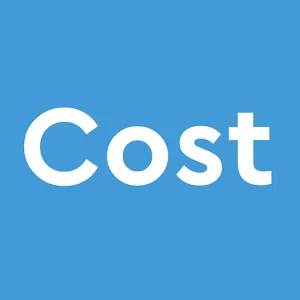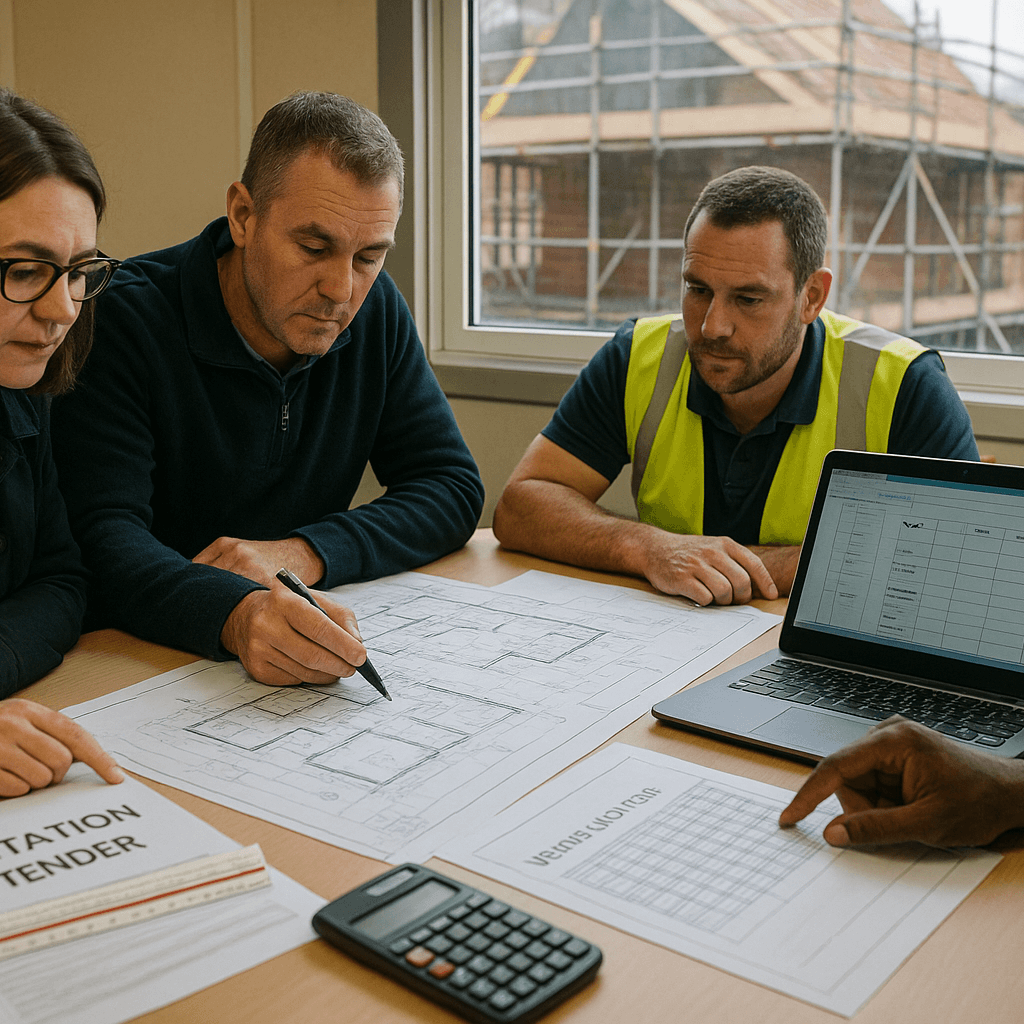In the ever-evolving world of construction, the role of technology in quantity surveying has become indispensable. Harnessing the power of new tools not only boosts the efficiency and accuracy of surveys but also meets the modern-day challenges of the construction sector. This article delves deep into both the enhancements technology brings to quantity surveying and the challenges it presents.
The Transformation via Technology
Gone are the days of solely manual labor in quantity surveying. Instead, technological advancements have introduced a swathe of tools that streamline and refine processes. From precise measurement tools to sophisticated software solutions, the tasks of a quantity surveyor have now shifted towards more nuanced, value-added operations.
Spotlight on the Benefits of Technological Integration
Heightened Precision
The integration of digital tools like laser scanners and digital takeoff software mitigates the risk of human error, fostering enhanced reliability in measurements and costing.
A Leap in Efficiency
Modern technology efficiently automates mundane tasks such as data entry and complex calculations, allowing surveyors to allocate their time to more strategic tasks crucial for project success.
Streamlined Cost Management
Utilising advanced cost estimation software aids in producing intricate cost plans and managing budgets proactively, thanks to real-time data analysis capabilities.
Collaboration and Accessibility
Cloud-based platforms enhance the synergy among team members, ensuring everyone is synchronized with up-to-the-minute data, thereby minimizing miscommunications.
Sustainability Through Technology
Technological tools also promote sustainability in construction projects by optimizing resource allocation and minimizing waste.
Technologies Paving the Way
Building Information Modeling (BIM)
BIM technology stands out by creating comprehensive digital blueprints of buildings which facilitate more effective project management from start to finish.
Digital Measurement and Projection
Digital takeoff software and laser scanners provide quick, precise measurements, drastically cutting down the time required for manual quantity takeoffs.
The Utility of Drones
Drones offer significant advantages in monitoring and inspecting large-scale projects, providing aerial perspectives that are critical for comprehensive site assessment and management.
Facing Technological Challenges
Despite the numerous benefits, the integration of technology in quantity surveying is not devoid of challenges.
The Cost Implication
Embracing high-end technologies can be cost-prohibitive, especially for smaller firms making their initial foray into tech-enhanced surveying.
The Adaptation Barrier
Technological deployment requires significant adaptation and training, posing hurdles in terms of time and resource allocation.
Ensuring Data Security
With greater reliance on digital tools, safeguarding sensitive project data against cyber threats is paramount.
Operational Continuity
Maintaining, updating, and seamlessly integrating new technologies with existing systems necessitates ongoing efforts and can pose substantial challenges.
Best Practices for Integrating Technology in Quantity Surveying
Embracing technology wisely requires strategic planning and execution. Here are some guidelines to navigate this digital transformation.
Strategic Implementation
Understanding specific business needs and choosing the right tools, combined with investing in robust training programs, can enhance operational efficiency and team capability. Prioritizing data security and fostering a culture geared towards innovation and adaptation also ensures smoother integration and sustained growth.
Conclusion
While the journey to technological integration in quantity surveying is fraught with challenges, the potential benefits — precision, efficiency, and enhanced project management — make it a worthwhile endeavor. Embracing change, continuing education, and strategic implementation are the keys to leveraging technology effectively.
FAQs
1. What technologies are shaping the future of quantity surveying?
Emerging technologies such as BIM, digital takeoff software, and drones are instrumental in shaping modern quantity surveying.
2. How can technology improve project delivery in construction?
Technology ensures higher accuracy, improved efficiency, and better collaboration across project teams, leading to more successful project delivery.
3. What is the financial impact of implementing new technology?
While upfront costs can be significant, the long-term return on investment through enhanced efficiency and accuracy usually offsets the initial expenditures.
4. How can a firm safeguard its digital assets in quantity surveying?
Implementing strict cybersecurity measures, regular data backups, and encryption are essential strategies for protecting digital assets.
5. Can small firms also benefit from advanced quantity surveying technologies?
Yes, several scalable technology solutions cater to the budget and needs of smaller firms, allowing them to compete effectively in the market.
“`











